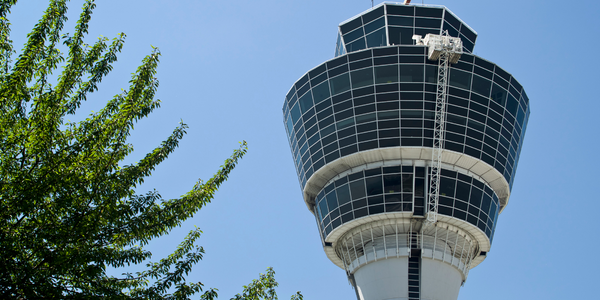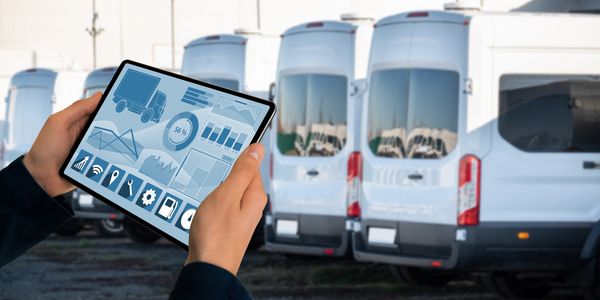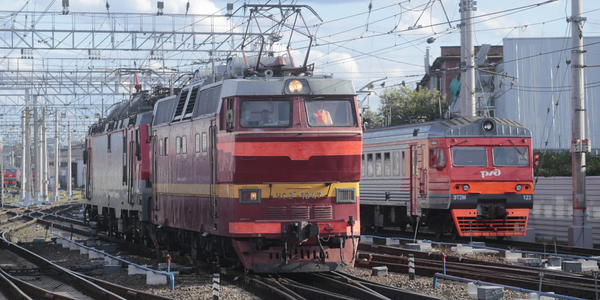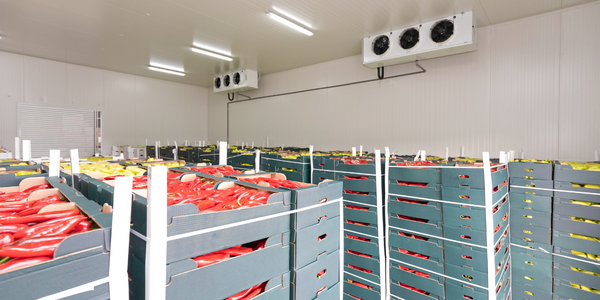Technology Category
- Networks & Connectivity - Gateways
- Networks & Connectivity - Routers & Bridges
Applicable Industries
- Construction & Infrastructure
- Transportation
Applicable Functions
- Logistics & Transportation
- Maintenance
Use Cases
- Construction Management
- Infrastructure Inspection
Services
- System Integration
- Testing & Certification
About The Customer
The customer in this case study is the West Virginia Department of Transportation (WVDOT). WVDOT is responsible for the management and regulation of the state's transportation infrastructure. This includes the issuance of oversize/overweight load permits, which has seen a significant increase due to the boom in shale oil and gas production in the region. The department was facing challenges in managing the increasing volume of these permits and was in need of a more efficient and reliable system. WVDOT is committed to ensuring the safety and sustainability of the state's road infrastructure and was looking for a solution that could help them achieve these objectives.
The Challenge
The West Virginia Department of Transportation (WVDOT) faced a significant challenge in managing the increasing volume of oversize/overweight load permits due to the boom in shale oil and gas production. The number of these permits issued annually doubled since 2003, reaching 123,000 in 2011. The existing manual process for managing these permits was not sustainable in the long run. The process involved consulting county maps marked with weight restrictions and general guidelines to process permits. Bridge load rating was handled by technicians, but there was no way to incorporate bridge information and run a real-time permitting process. As the trucks got heavier and larger, and the frequency of loads grew higher, the WVDOT realized the need for a more efficient and reliable system.
The Solution
To address these challenges, WVDOT opted for an integrated solution that included the SUPERLOAD system for automated permitting, routing, bridge analysis, and restriction management, and LARS Bridge for bridge load-rating modeling and analysis. This unified system for intelligent routing and permitting helped ensure both public safety and bridge sustainability. The SUPERLOAD system was deployed in 1998 and built over three phases, moving to the web in 2001. The system was capable of handling up to 500 permits a day, with more than 80% issued automatically, significantly reducing the staff workload. In 2013, WVDOT outsourced its permit processing system to a hosted, online solution – GotPermits.com, thus revolutionizing the permitting and routing process for haulers, permit service providers, and the WVDOT permit administration staff.
Operational Impact
Quantitative Benefit

Case Study missing?
Start adding your own!
Register with your work email and create a new case study profile for your business.
Related Case Studies.

Case Study
IoT System for Tunnel Construction
The Zenitaka Corporation ('Zenitaka') has two major business areas: its architectural business focuses on structures such as government buildings, office buildings, and commercial facilities, while its civil engineering business is targeted at structures such as tunnels, bridges and dams. Within these areas, there presented two issues that have always persisted in regard to the construction of mountain tunnels. These issues are 'improving safety" and "reducing energy consumption". Mountain tunnels construction requires a massive amount of electricity. This is because there are many kinds of electrical equipment being used day and night, including construction machinery, construction lighting, and ventilating fan. Despite this, the amount of power consumption is generally not tightly managed. In many cases, the exact amount of power consumption is only ascertained when the bill from the power company becomes available. Sometimes, corporations install demand-monitoring equipment to help curb the maximum power demanded. However, even in these cases, the devices only allow the total volume of power consumption to be ascertained, or they may issue warnings to prevent the contracted volume of power from being exceeded. In order to tackle the issue of reducing power consumption, it was first necessary to obtain an accurate breakdown of how much power was being used in each particular area. In other words, we needed to be able to visualize the amount of power being consumed. Safety, was also not being managed very rigorously. Even now, tunnel construction sites often use a 'name label' system for managing entry into the work site. Specifically, red labels with white reverse sides that bear the workers' names on both sides are displayed at the tunnel work site entrance. The workers themselves then flip the name label to the appropriate side when entering or exiting from the work site to indicate whether or not they are working inside the tunnel at any given time. If a worker forgets to flip his or her name label when entering or exiting from the tunnel, management cannot be performed effectively. In order to tackle the challenges mentioned above, Zenitaka decided to build a system that could improve the safety of tunnel construction as well as reduce the amount of power consumed. In other words, this new system would facilitate a clear picture of which workers were working in each location at the mountain tunnel construction site, as well as which processes were being carried out at those respective locations at any given time. The system would maintain the safety of all workers while also carefully controlling the electrical equipment to reduce unnecessary power consumption. Having decided on the concept, our next concern was whether there existed any kind of robust hardware that would not break down at the construction work site, that could move freely in response to changes in the working environment, and that could accurately detect workers and vehicles using radio frequency identification (RFID). Given that this system would involve many components that were new to Zenitaka, we decided to enlist the cooperation of E.I.Sol Co., Ltd. ('E.I.Sol') as our joint development partner, as they had provided us with a highly practical proposal.

Case Study
Airport SCADA Systems Improve Service Levels
Modern airports are one of the busiest environments on Earth and rely on process automation equipment to ensure service operators achieve their KPIs. Increasingly airport SCADA systems are being used to control all aspects of the operation and associated facilities. This is because unplanned system downtime can cost dearly, both in terms of reduced revenues and the associated loss of customer satisfaction due to inevitable travel inconvenience and disruption.

Case Study
IoT-based Fleet Intelligence Innovation
Speed to market is precious for DRVR, a rapidly growing start-up company. With a business model dependent on reliable mobile data, managers were spending their lives trying to negotiate data roaming deals with mobile network operators in different countries. And, even then, service quality was a constant concern.

Case Study
Digitize Railway with Deutsche Bahn
To reduce maintenance costs and delay-causing failures for Deutsche Bahn. They need manual measurements by a position measurement system based on custom-made MEMS sensor clusters, which allow autonomous and continuous monitoring with wireless data transmission and long battery. They were looking for data pre-processing solution in the sensor and machine learning algorithms in the cloud so as to detect critical wear.

Case Study
Cold Chain Transportation and Refrigerated Fleet Management System
1) Create a digital connected transportation solution to retrofit cold chain trailers with real-time tracking and controls. 2) Prevent multi-million dollar losses due to theft or spoilage. 3) Deliver a digital chain-of-custody solution for door to door load monitoring and security. 4) Provide a trusted multi-fleet solution in a single application with granular data and access controls.

Case Study
Vehicle Fleet Analytics
Organizations frequently implement a maintenance strategy for their fleets of vehicles using a combination of time and usage based maintenance schedules. While effective as a whole, time and usage based schedules do not take into account driving patterns, environmental factors, and sensors currently deployed within the vehicle measuring crank voltage, ignition voltage, and acceleration, all of which have a significant influence on the overall health of the vehicle.In a typical fleet, a large percentage of road calls are related to electrical failure, with battery failure being a common cause. Battery failures result in unmet service agreement levels and costly re-adjustment of scheduled to provide replacement vehicles. To reduce the impact of unplanned maintenance, the transportation logistics company was interested in a trial of C3 Vehicle Fleet Analytics.







